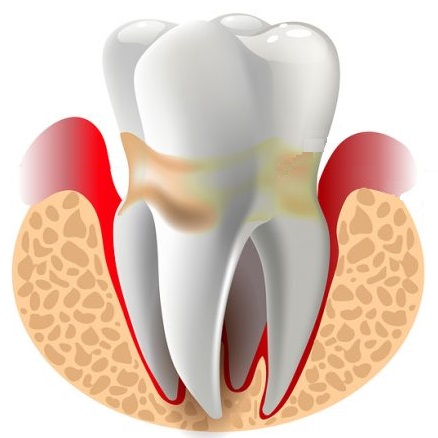Periodontal Dentistry

Periodontists have a wide array of tools available to fight gum disease. Treatment generally starts with the least invasive and costly measures, which are non-surgical procedures. These include scaling and root planing, where special hand-held instruments are used to clean the root surfaces of the teeth. Lasers are sometimes used in this procedure, and some patients also receive antimicrobial medications. The removal of dental plaque and hardened calculus (tartar) from tooth surfaces that lie under the gums is sometimes enough to resolve a patient’s gum disease especially when followed up with a conscientious maintenance program.
If periodontal disease has progressed to the point where gum tissue no longer fits snugly against the teeth, minor gum surgery may be needed. A small “flap” may be opened in the gum tissue, enabling infected tissue and bacteria to be removed from an infected “pocket” under the gums; healthier gum tissue can then begin naturally reattaching to bone. This “pocket reduction” surgery is an effective treatment which, in many cases, stops the progression of periodontal disease.
Gum disease can erode bone in the jaw and damage the tissues that surround and support your teeth; left untreated, it may eventually lead to tooth loss. To help reverse the damage, your periodontist may recommend various regenerative procedures. Bone grafts, gum grafts and tissue-stimulating growth factors can be used to repair damage to these tooth-supporting structures, and help you preserve your natural teeth.